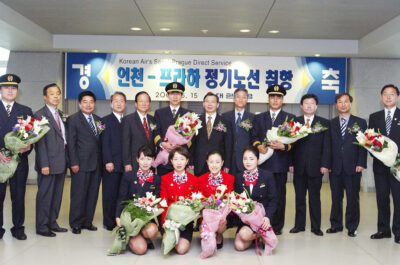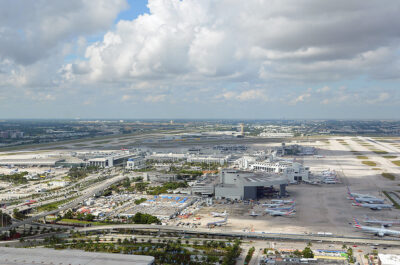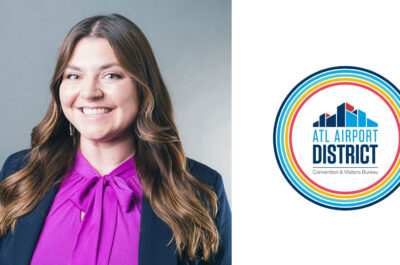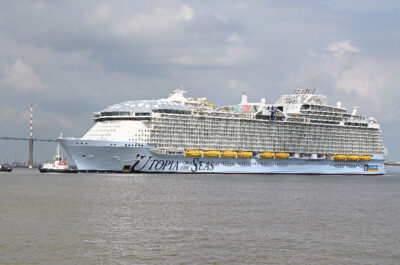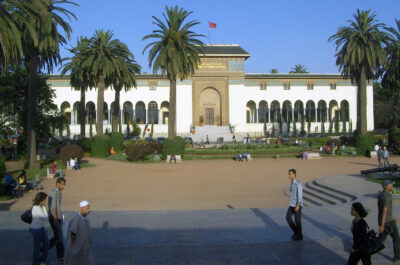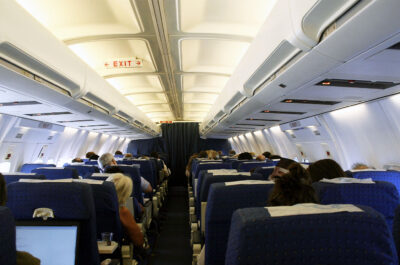The International Air Transport Association (IATA) announced traffic results to the…
The International Air Transport Association (IATA) announced traffic results to the end of November 2005. Passenger traffic grew at 6.1%. For the first 11 months of the year, passenger traffic was up 7.7%. Passenger load factors for November were 73%. When adjusted for seasonality, November load factors improve to 77.1%, the highest level since December 2003.
“Overall the industry is growing which is good news. But the pace of growth has geared-down a notch as a result of weaker demand from some critical sectors such as IT,” said Giovanni Bisignani, IATA’s Director General and CEO.
Regional variations in traffic are pronounced for the 11 month period to November. Middle Eastern Carriers recorded the highest growth rates for passenger at 12.4% a. Asia-Pacific Carriers saw passenger traffic grow at 6.6%. North American carriers saw their passenger traffic increase 9.1%. European Carriers followed the same trend with passenger traffic up 6.4%.
“Turning growth into profitability has never been more critical. Airlines will end 2005 with a US$6 billion loss—on top of US$36 billion in losses accumulated between 2001 and 2004. As we battle the high price of fuel, cost efficiency will continue to be a top priority—not only for airlines but for every partner in the value chain including airports and air navigation service providers,” said Bisignani.
Airlines have reduced non-fuel unit costs by 14% since 2001. As a result the break-even price of oil has risen from US$22/barrel (Brent) in 2003 to US$48/barrel (Brent) in 2005. Based on continued cost reduction and an oil price of US$53/barrel (down from US$54.5 in 2005) airlines are expected to return a loss of US$4.3 billion in 2006.
“We will only see profitability in 2007 when we expect a return of US$6.2 billion. This is a net profit margin of 1.5%, not even enough to cover the cost of capital and nowhere near recovering the billions lost since 2001. A long and difficult agenda for change involving all partners is still ahead of us,” said Bisignani.
Explanation of measurements:
RPK: Revenue Passenger Kilometres measures actual passenger traffic
ASK: Available Seat Kilometres measures available passenger capacity
PLF: Passenger Load Factor is % of ASKs used. In comparison of 2004 to 2003, PLF indicates point differential between the periods compared
- IATA statistics cover international scheduled air traffic; domestic traffic is not included
- All figures are provisional and represent total reporting at time of publication plus estimates for missing data
- Due to uncertainties in the adoption of the new ICAO statistical definitions by reporting carriers, care should be taken when making year comparisons


Theodore is the Co-Founder and Managing Editor of TravelDailyNews Media Network; his responsibilities include business development and planning for TravelDailyNews long-term opportunities.





















